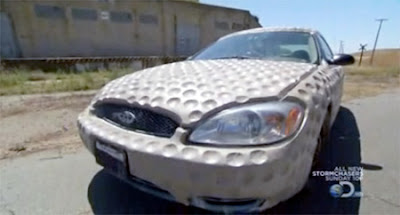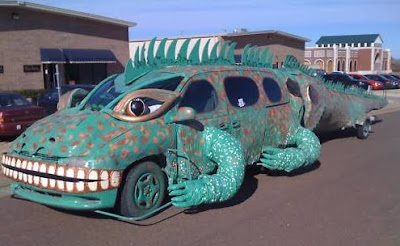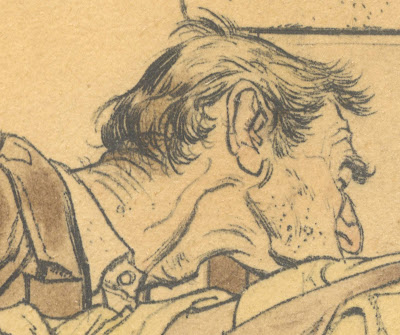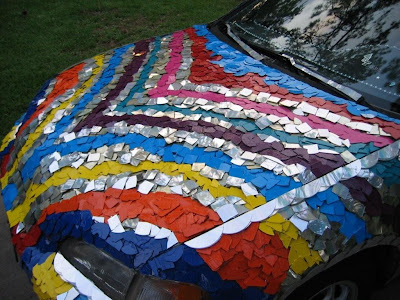Take a look at the pictures by
Roger Cremers. The series, which won an award at the 2009 World Press Photo, is called
Preserving Memory: Visitors at the Memorial and Museum Auschwitz-Birkenau, Poland, 30 April-4 May.



No, I will not be writing about how the ever-present cameras turn us into monsters. Or about consumerism versus culture.
What interests me here, to start with, is how we position ourselves in relation to the past.
What is given to us is not merely a luggage - a heritage that is like an object. It is an ever-eroding landscape. And each person has her own map she may or may not use to rebuild it, or rather, to build herself into it.
Watch these bodies. These
figures. Watch how they open a dialogue they are not aware of. Watch how they become, that's it, a
sign.
Maybe the most dramatic is the last one, the young man lying on the ground, his hands close to his face. Forget his camera. Now, what do you see?
Or maybe the most dramatic is the first, black figure, that is watching birds through binoculars, or a plane, or he could almost be shouting a friendly greeting to someone standing on the roof... were it not the seemingly anonymous bricks behind him. Were it not
our maps. And now, with your map, what do you see? Who is hitting him? Shooting?
Or rather, what is he, what are they protecting themselves against?
What makes a sign a sign?
When does it signify, lead to the signified? How does the arrow gain its shape? How is it born?
How much of these vectors is rooted in us so deeply, we spell it out with every word, unknowingly?
Take this much less spectacular project by
William Boling, called
Never Gone. Boling took photographs of the places in Atlanta where the
Battle of Atlanta occurred in July 1864.



So what makes a sign a sign?
When does it signify, lead to the signified? How does the arrow gain its shape? How is it born?
How much of these vectors is rooted in us so deeply, we spell it out with every word, unknowingly?














































